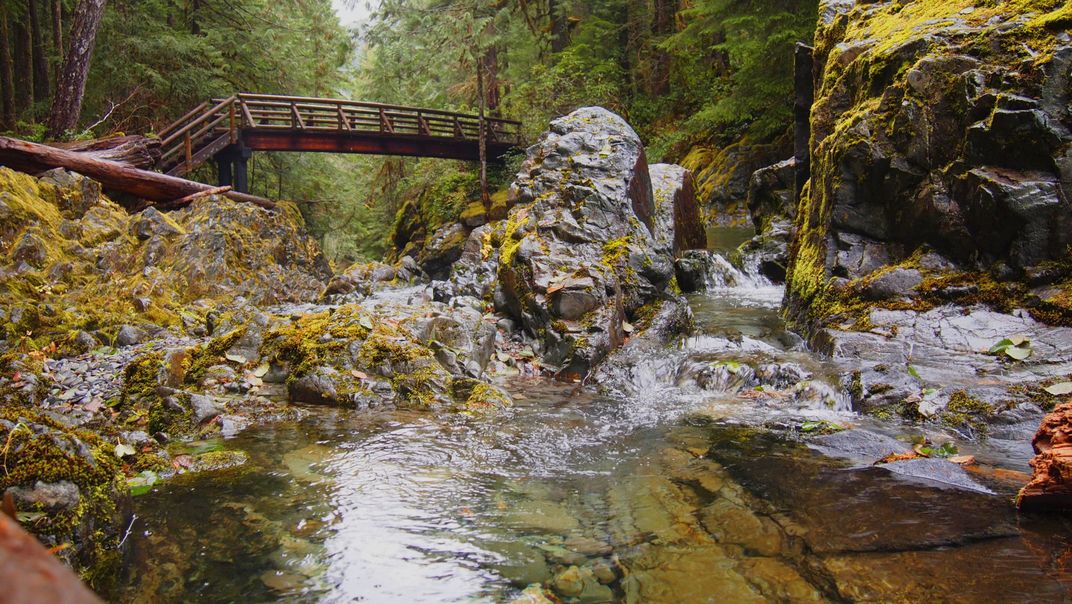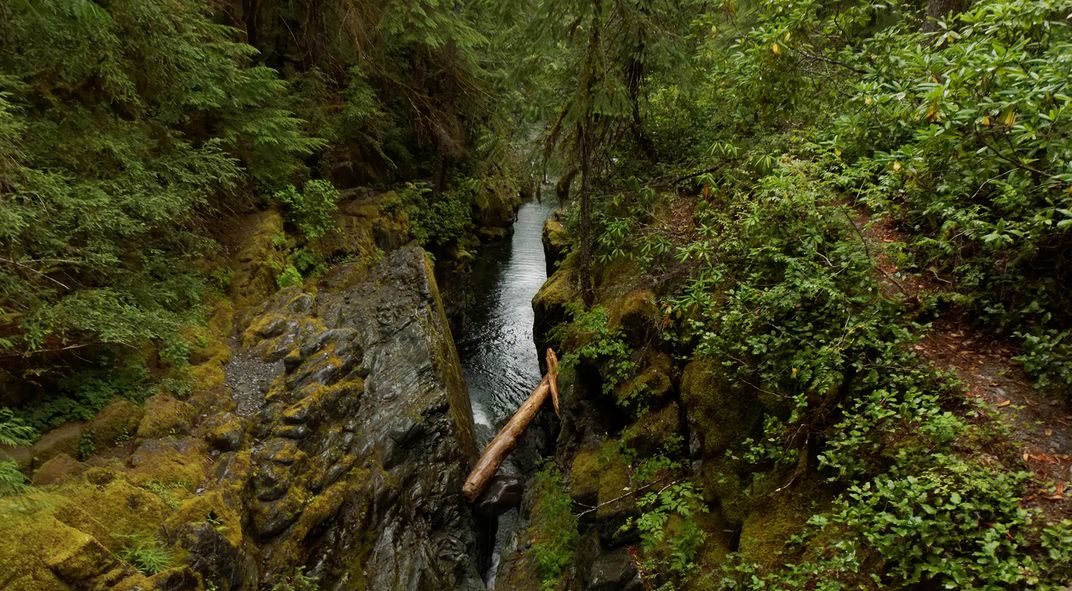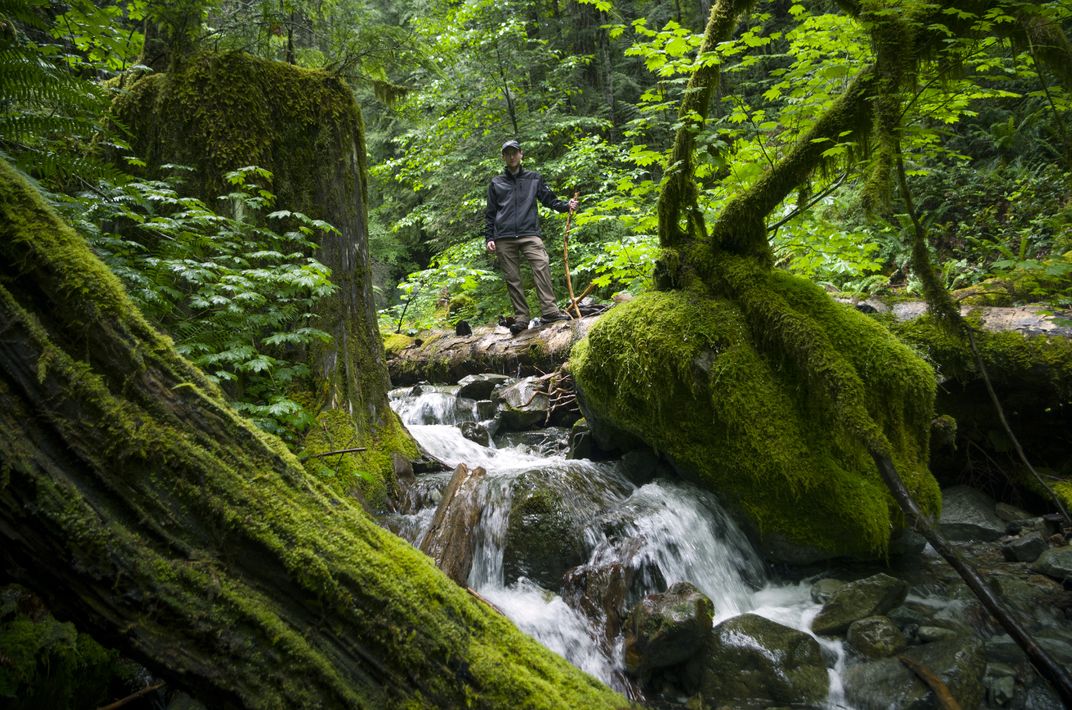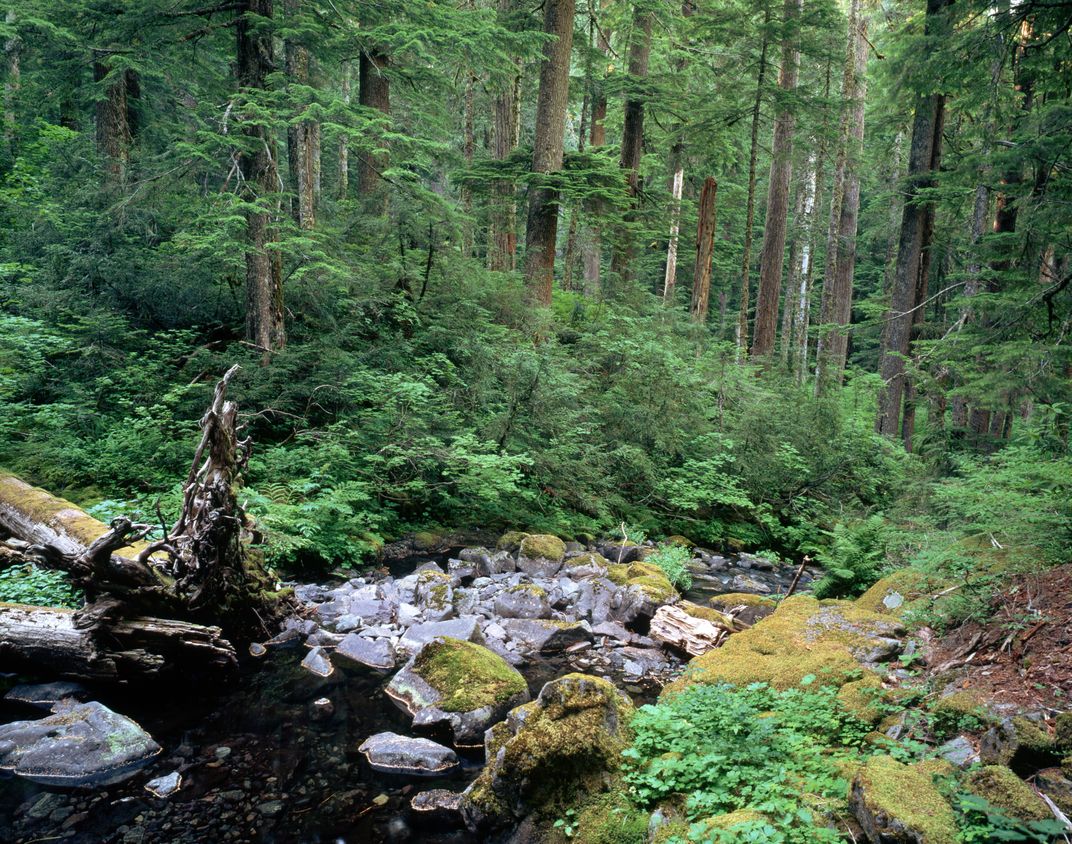Opal Creek Wilderness
Lush mosses, ancient trees and scenic vantage points
Location: Oregon
Size: 20,454 acres
Year Designated: 1996
Fast Fact: Contains the largest tract of low-elevation old growth forest in the Western Cascades.
Walking through Oregon’s Opal Creek Wilderness, located within the boundaries of the Willamette National Forest, it’s common to find trees that have been standing there for upwards of 500 years—some are even as old as 1,000 years. The Opal Creek Wilderness forms the largest standing tract of low-elevation old growth forest in the Western Cascades, and it’s one of the rare examples of an old growth forest that managed to escape logging.
Points and lithic scatterings found in Opal Creek suggest that the area was occupied by Native Americans as early as 2,000 years ago. In the 1930s, after gold was discovered in the area, a mining camp ("Jawbone Flats") was built, which sustained the mining industry in Opal Creek for decades. In the late 1980s and early 1990s, a group named Friends of Opal Creek formed in order to protect the ancient forest from logging interests, which sought to cut down its trees. The Friends of Opal Creek prevailed, and in 1996, the area was designated as wilderness.
The flora and fauna of Opal Creek compose a unique bioregion known as Cascadia, which boasts some of the most diverse moss flora found anywhere in the world. Within the region, visitors can see spotted owls, black bears and elk, among many other mammals, birds, reptiles, amphibians and fish. Though the trees that grow within Opal Creek are massive by modern standards, they would be dwarfed by forests that once stood here: paleoecologists believe that the area’s prehistoric rainforests once constituted the most massive rainforests the world has ever known.




